Yemen Uncovers Buried Water
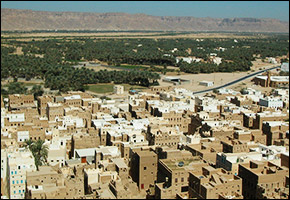
After four months of exploration, engineers in Yemen have found an important new source of high-quality water. The Local Corporation for Water Supply and Sanitation (LCWSS) in the provincial capital Mukalla discovered a huge underground reservoir that can provide the city with potable drinking water for the next 50 years, IRIN reported Thursday.
The underground water aquifer consists of nine wells, each with a capacity to produce up to 30 liters (7.9 gallons) per second.
“It will definitely supply the city with drinking water for decades to come,” said Mahfood Obaid Bagwaigo, manager of the Mukalla Water Supply and Sanitation Company.
The reservoir is one of many promising new water sources discovered in southern Yemen recently. The potential for deep well drilling dates at least as far back as 1996, when a paper delivered at a Vienna conference suggested that a “significant deep groundwater resource may exist” in the area.
Many others have suspected that such a find was possible in the arid Hadhramaut region of southern Yemen. When Canadian companies started exploring the area for oil in the early 1990s, their satellite pictures suggested the presence of large underground reservoirs in the Hadrhamaut Valley, where the recent discovery is located.
Despite the fresh new source of water, Yemen continues to face a number of pressing water challenges, ranging from salt water intrusion and urban and industrial contamination to water over-exploitation.
According to the United Nations Food and Agriculture Organization (FAO), 90 percent of Yemen’s water supplies in 2000 were used for agriculture, 8 percent for drinking and 2 percent for industrial use –- a rate that has depleted many springs and wells throughout the country.
Read more here, here and here.
Sources: UN Integrated Regional Information Networks (IRIN), Vienna Conference 1996 Proceedings and The UN Food and Agriculture Organization (FAO)
Inset image by James Tenant and published under a CC BY-NC 2.0 license.
Connor Bebb assists in daily operations, aids in research, oversees social media outlets and develops social media strategies at Circle of Blue.


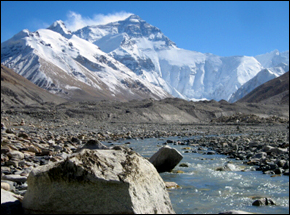
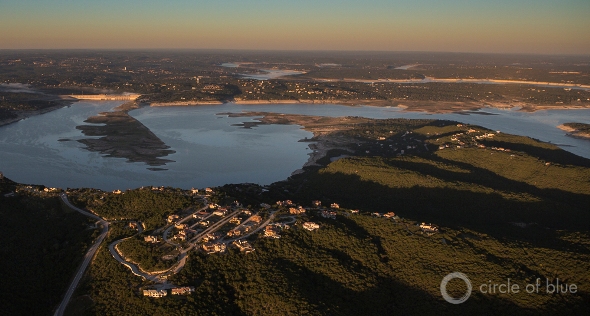
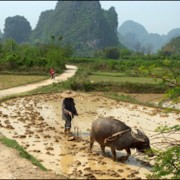
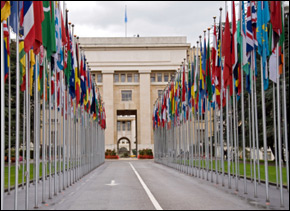
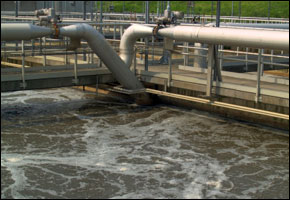
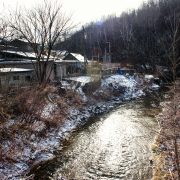

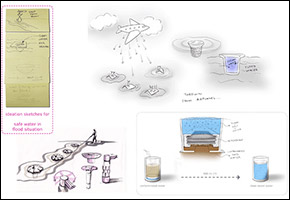

Leave a Reply
Want to join the discussion?Feel free to contribute!